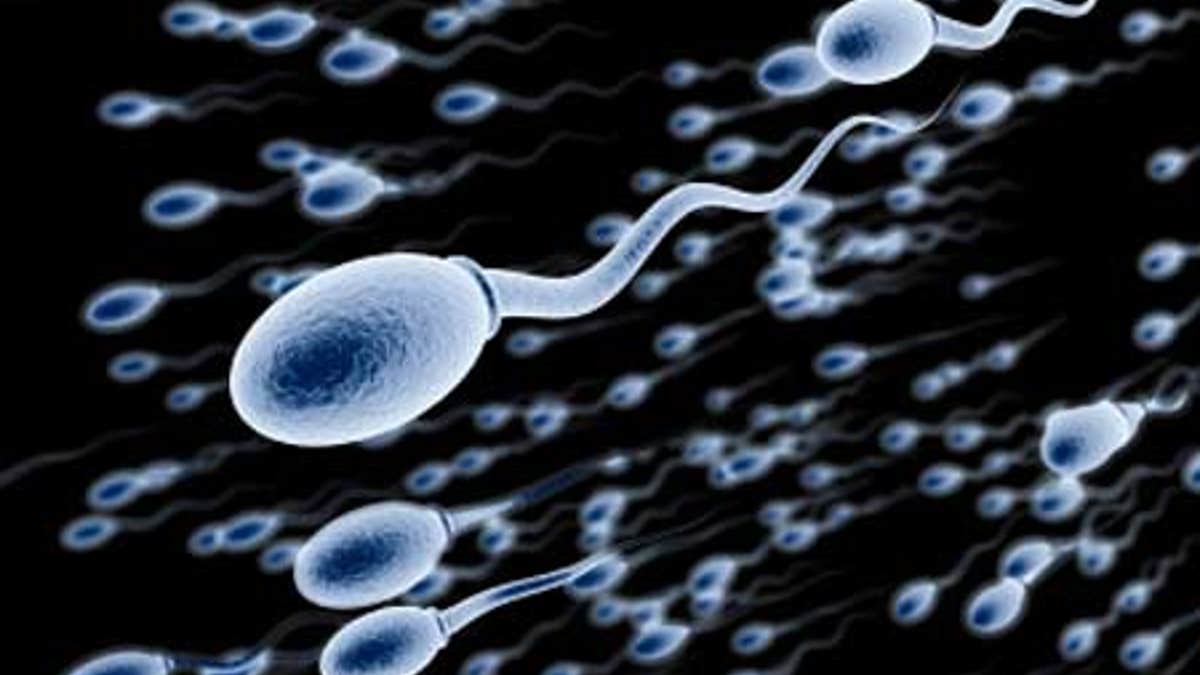
When it comes to sperm counts, French men aren't what they used to be, according to a new study.
Researchers found that between 1989 and 2005, the number of sperm in one milliliter of the average 35-year-old Frenchman's semen fell from about 74 million to about 50 million - a decrease of roughly 32 percent.
"That's certainly within the normal range, but if you think about it, if there continues to be a decrease, we would expect that we'll get into that infertile range," said Grace Centola, president of the Society for Male Reproduction and Urology in Birmingham, Alabama.
And the French aren't the only ones who should be concerned about a lack of swimmers, say researchers.
"A decline in male reproduction endpoints has been suspected for several decades and is still debated all around the world. Geographical differences have been observed between countries, and between areas inside countries," said Dr. Joëlle Le Moal, the study's lead author from the Institut de Veille Sanitaire in France.
Le Moal and her colleagues write in the journal Human Reproduction that global analyses have found decreases in sperm counts, as did recent studies in Israel, India, New Zealand and Tunisia.
Centola, who wasn't involved with the new research, told Reuters Health that she's found similar results in a group of young sperm donors from Boston, too.
For the new study, Le Moal and her colleagues used a database of France's 126 fertility clinics that recorded men's semen samples from 1989 through 2005.
The researchers narrowed their study to 26,600 samples provided by men whose female partners were later found to be infertile. That, they say, minimizes the risk that the men had a fertility problem.
Over the 16-year period, the researchers found there was about a 2 percent annual decrease in the number of sperm in one milliliter of the average man's semen.
"One would look at that and say it's not all that much. It isn't, but if it's occurring on a yearly basis it can add up," said Centola.
"Clearly if this type of decrease continues, we're going to find that we're going to have young men that have low sperm counts," she said.
The World Health Organization defines anything over 15 million per milliliter of semen as normal. However, the study's authors suggest that it may take longer for men with counts in the lower range of normal to conceive.
Environmental factors?
The researchers also found that there was an increase in the number of abnormally shaped sperm over the study period, which can also influence fertility.
Part of that finding, however, can be explained by scientists getting better at recognizing misshapen swimmers, but not all of it.
"So both results are important," said Le Moal.
But why does it seem men are shooting more blanks than before?
Two recent studies have actually suggested that modern technology such as laptops may be capable of cooking sperm, but the new researchers suggest it could be also be other environmental factors, such as increased exposure to harmful chemicals that may decrease sperm count. (see Reuters Health stories of November 8, 2010 and November 29, 2011: reut.rs/YM0j2d and reut.rs/YM0lHt)
But Le Moal said it's also important to consider that men's lifestyles may have changed over time. For example, men may be more sedentary and/or heavier than they were in 1989.
"I think it's a combination of a lot of things," said Centola, who added that it could be both environmental factors and diet.
